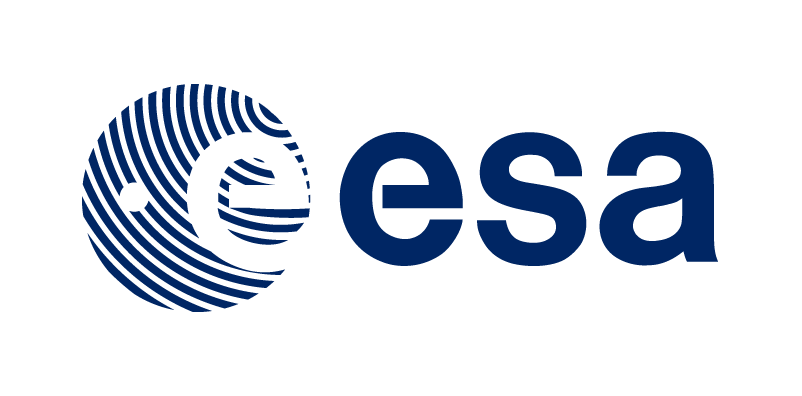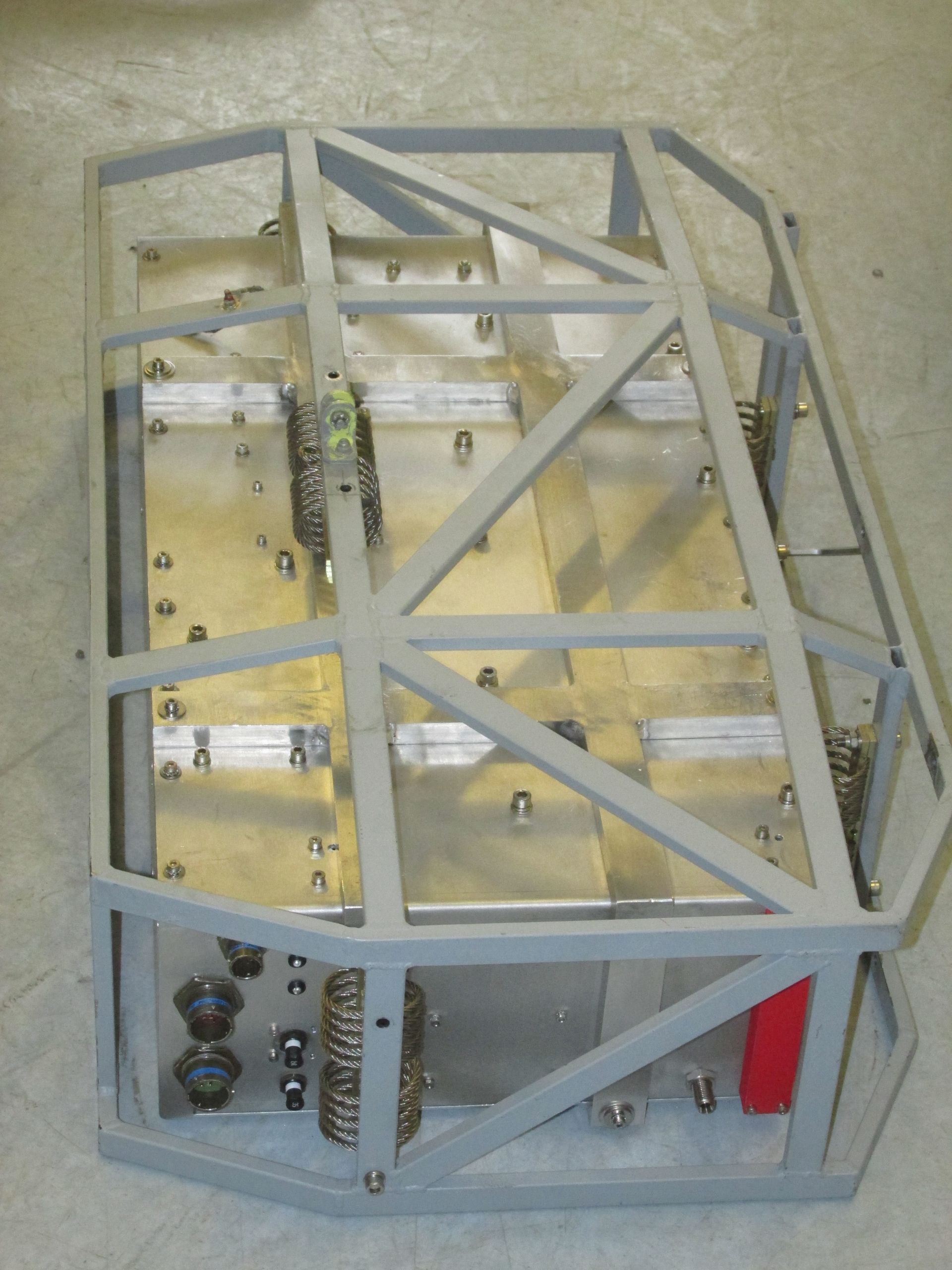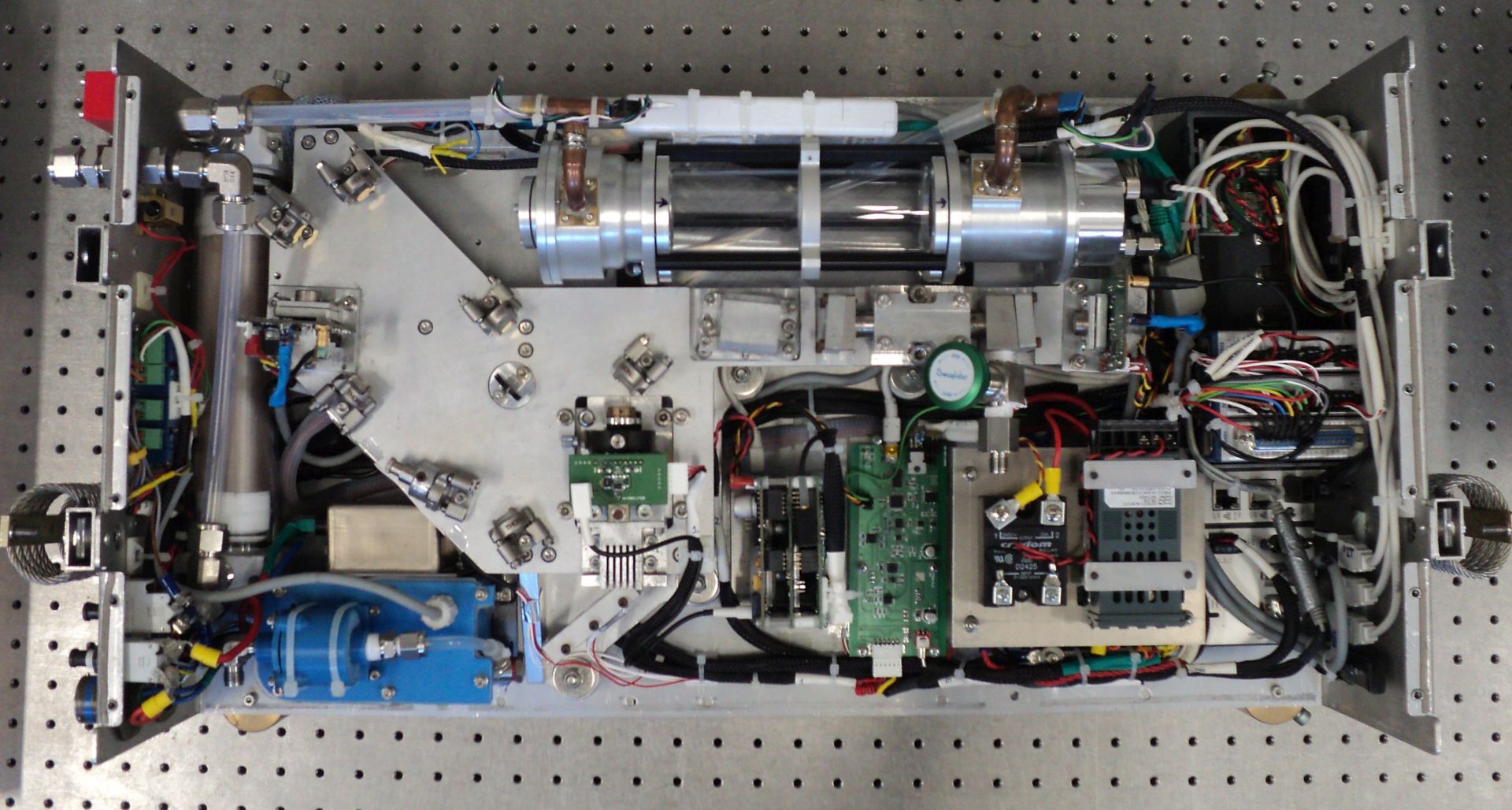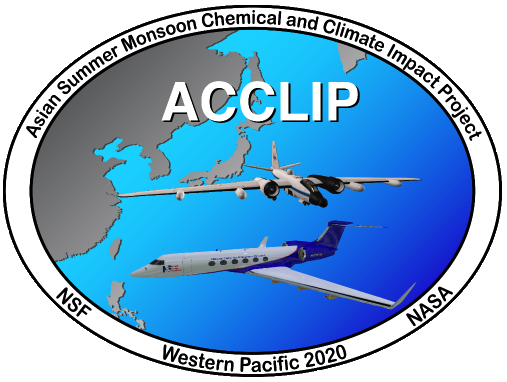The ACCLIP campaign, planned for summer 2021 in the Western Pacific area, with flight operation from Okinawa (Japan), will be carried out in the frame of the project ACCLIP (Asian Summer Monsoon Chemical and Climate Impact Project).
The project is leaded by NCAR (National Center for Atmospheric Research, USA) and NASA (National Aeronautics and Space Administration, USA). The campaign will focus on the investigation of the impact of gas and aerosol emissions on global chemistry and climate via the linkage of Asian Summer Monsoon (ASM) convection and dynamics. The main goals of the campaigns are the study of: (i) transport mechanisms and pathways of the ASM uplifted air from the inside of the anticyclone to the upper troposphere and lower stratosphere; (ii) the chemical content of the ASM air, (iii) the aerosol size, mass and chemical composition, and (iv) the water vapour distribution correlated with the monsoon structure.
The ACCLIP Project includes two sets of instruments installed on board of two different research aircraft (the NCAR Gulfstream V and the NASA WB-57), to collect a complete dataset of measurements for trace gases, aerosols, clouds, radiation and state parameters.
CNR-INO will provide in-situ concentration measurements of Carbon Monoxide (CO). The CO data will be supplied by the CNR-INO instrument COLD2 (Carbon Oxide Laser Detector 2) which will be installed on board the WB57 stratospheric aircraft. COLD2 is a Mid-Infrared Quantum Cascade Laser Spectrometer, already deployed in other campaigns on board of stratospheric platforms (aircraft and balloons). CO is a short-lived tracer, whose lifetime does not exceed a couple of months, and can give useful insights on the recent troposphere-stratosphere exchanges. COLD2 CO in-situ measurements provide key data for validation of transport atmospheric models and satellite remote sensing measurements and the data gathered during the ACCLIP campaign will be exploited for TROPOMI validation.
The COLD2 instrument.
Publications
S. Bucci, B. Legras, P. Sellitto, F. D'Amato, S. Viciani, A. Montori, A. Chiarugi, F. Ravegnani, A. Ulanovsky, F. Cairo, and F. Stroh: "Deep convective influence on the UTLS composition in the Asian Monsoon Anticyclone region: 2017 StratoClim campaign results", Atmospheric Chemistry and Physics Discussion, doi.org/10.5194/acp-2019-1053, in review, 2019.
S. Viciani, A. Montori, A. Chiarugi, and F. D’Amato: "A Portable Quantum Cascade Laser Spectrometer for Atmospheric Measurements of Carbon Monoxide", Sensors, 18, 2380, doi.org/10.3390/s18072380, 2018.
W. Frey, R. Schofield, P. Hoor, D. Kunkel, F. Ravegnani, A. Ulanovsky, S. Viciani, F. D’Amato, and T.P. Lane: "The impact of overshooting deep convection on local transport and mixing in the tropical upper troposphere/lower stratosphere (UTLS)", Atmospheric Chemistry and Physics 15, 6467–6486, doi:10.5194/acp-15-6467-2015, 2015.
R. Pommrich, R. Müller, J.-U. Grooß, P. Konopka, F. Ploeger, B. Vogel, M. Tao, C. M. Hoppe, G. Günther, N. Spelten, L. Hoffmann, H.-C. Pumphrey, S. Viciani, F. D'Amato, C. M. Volk, P. Hoor, H. Schlager, and M. Riese: "Tropical troposphere to stratosphere transport of carbon monoxide and long-lived trace species in the Chemical Lagrangian Model of the Stratosphere (CLaMS)", Geoscientific Model Development 7, 2895–2916, doi:10.5194/gmd-7-2895-2014, 2014.
Contact
For more information, please contact: Silvia Viciani or Francesco D'Amato.








